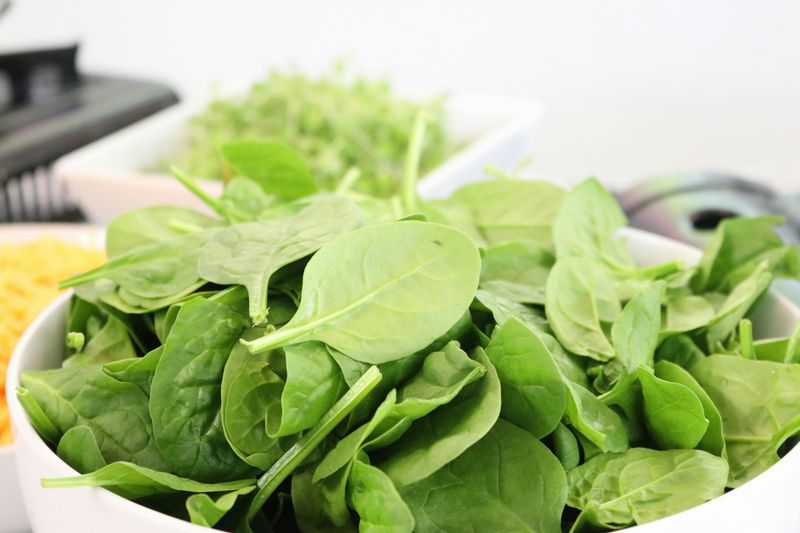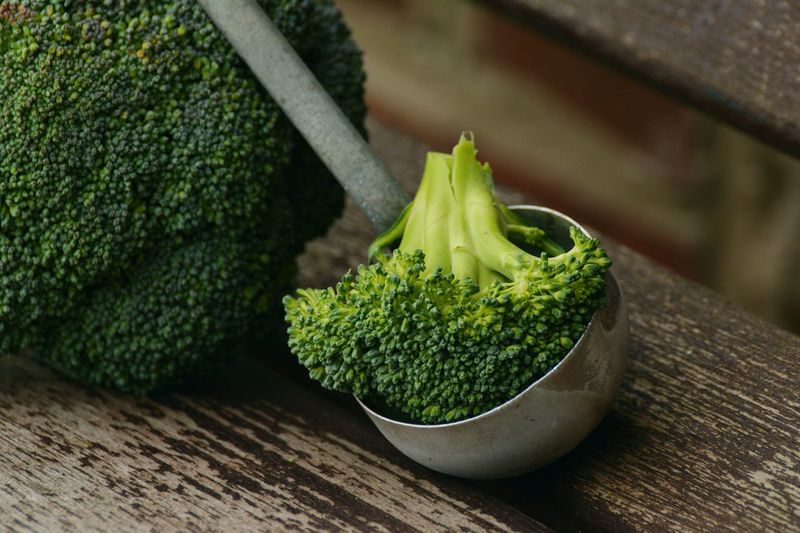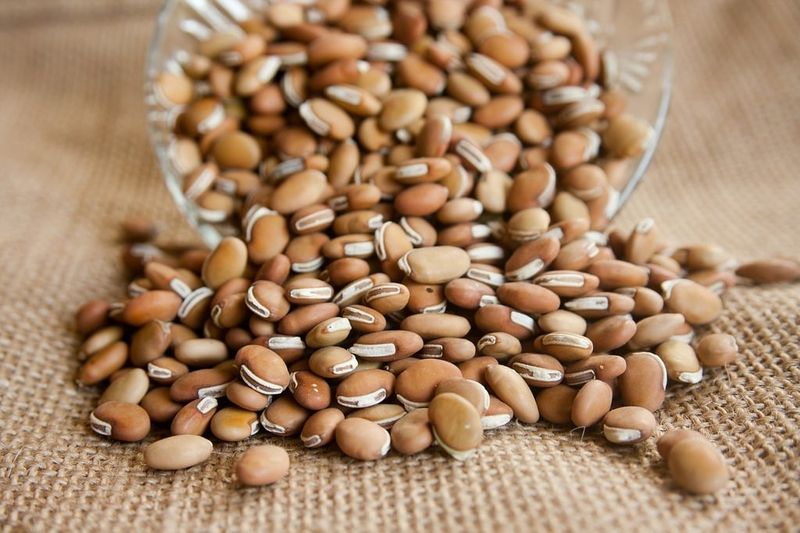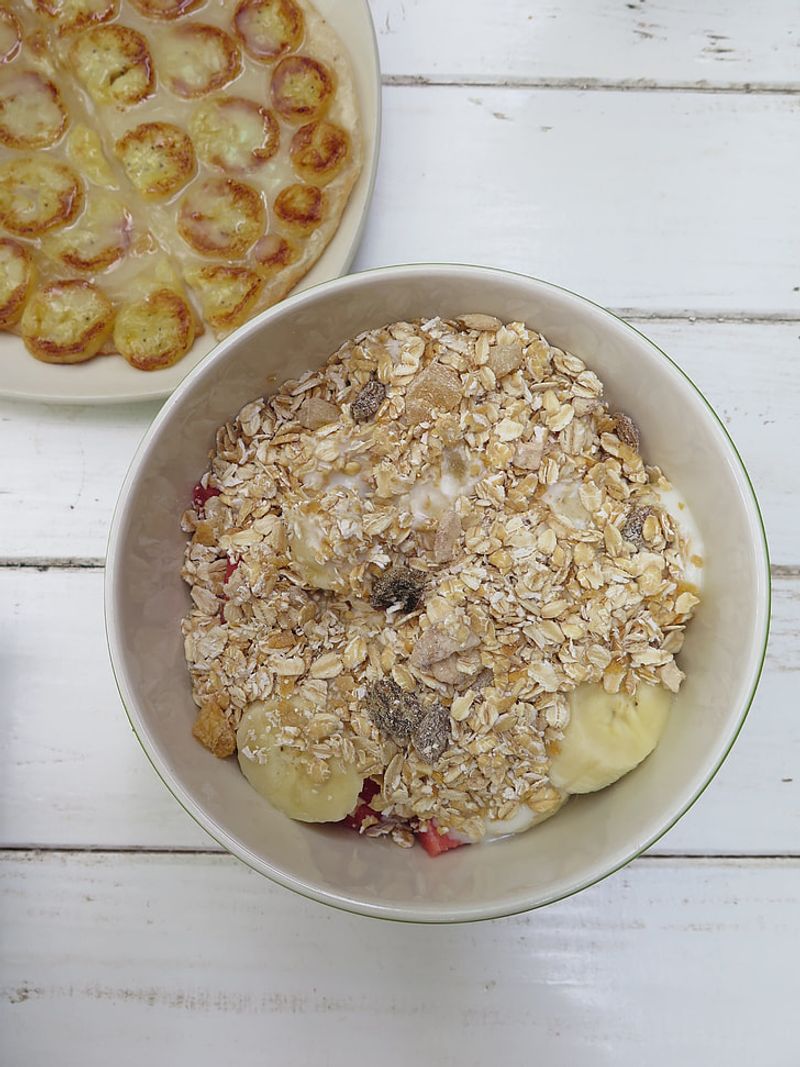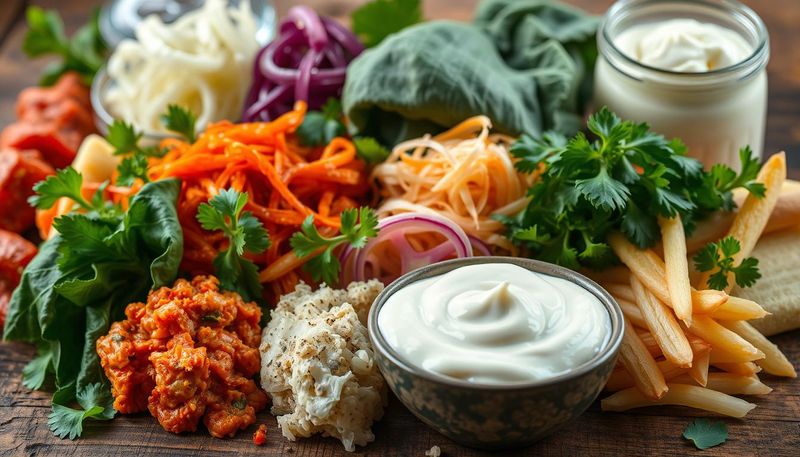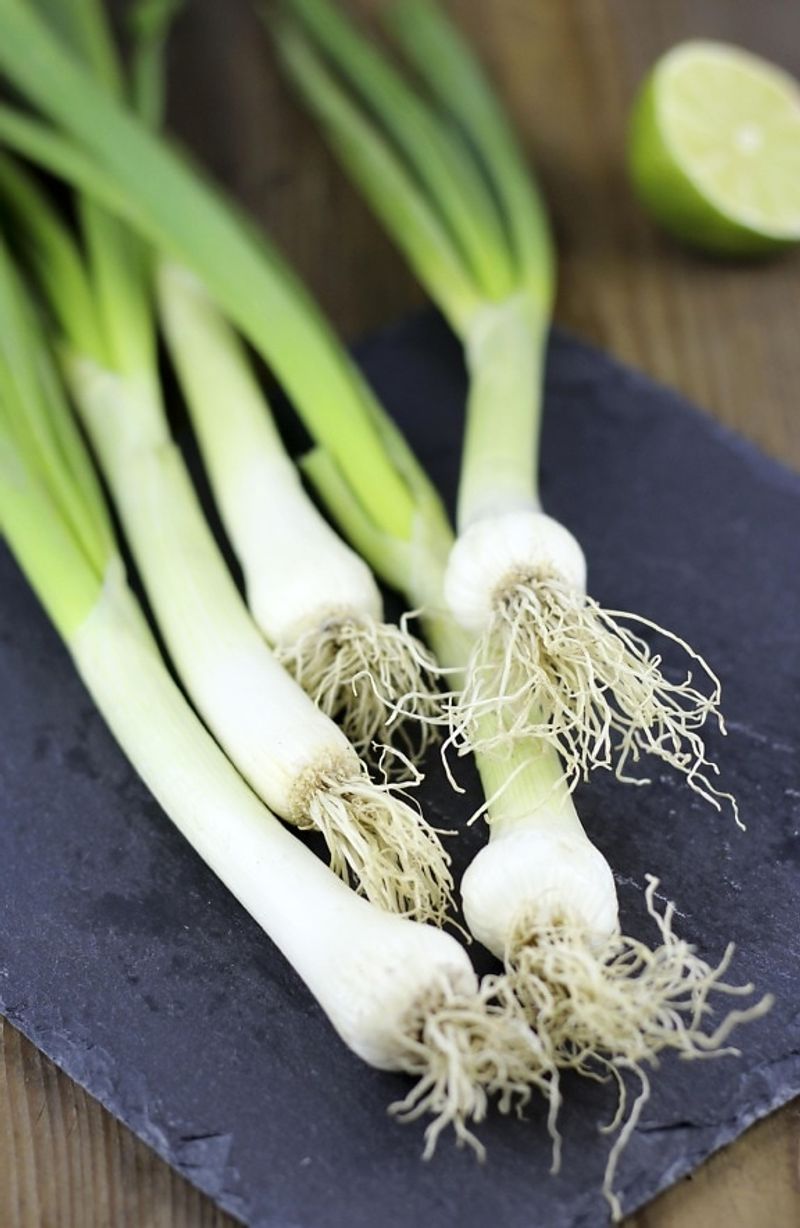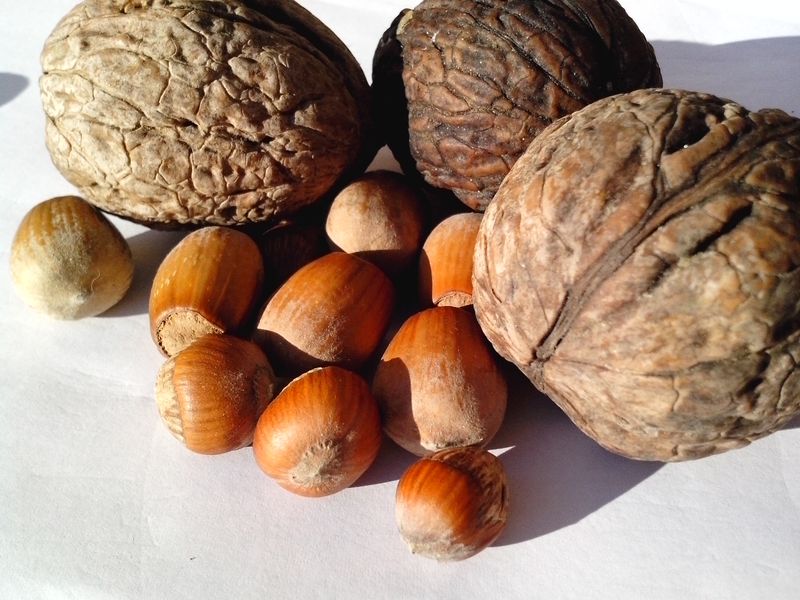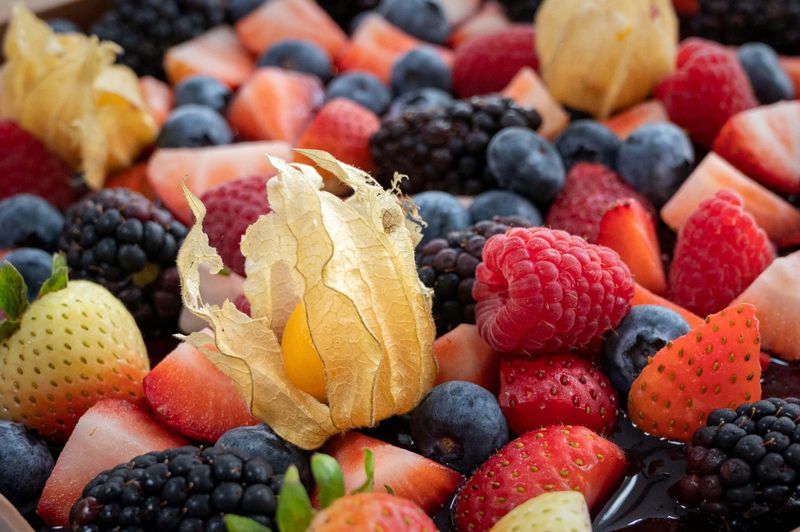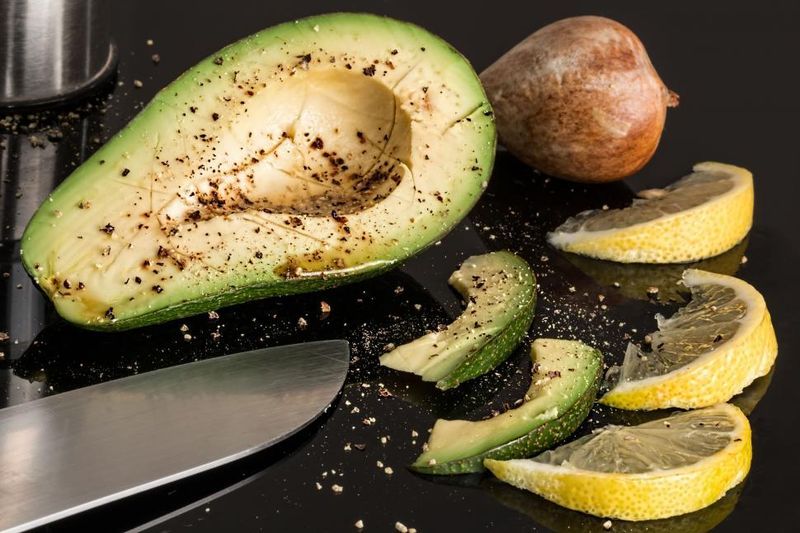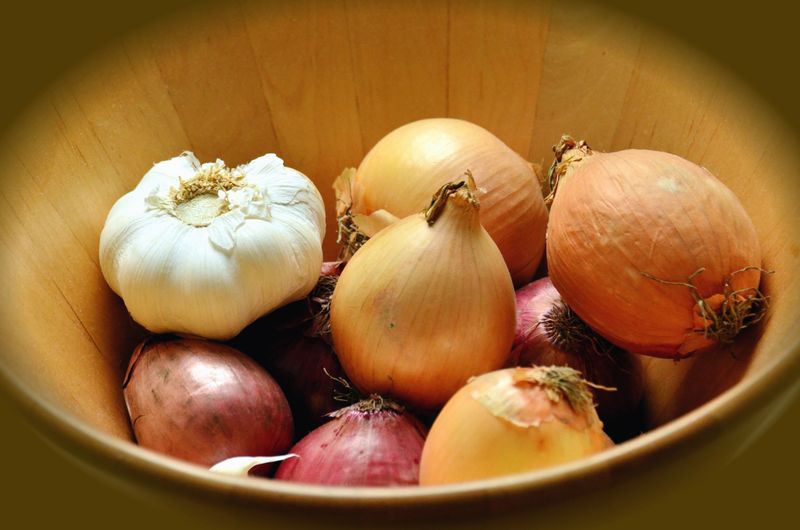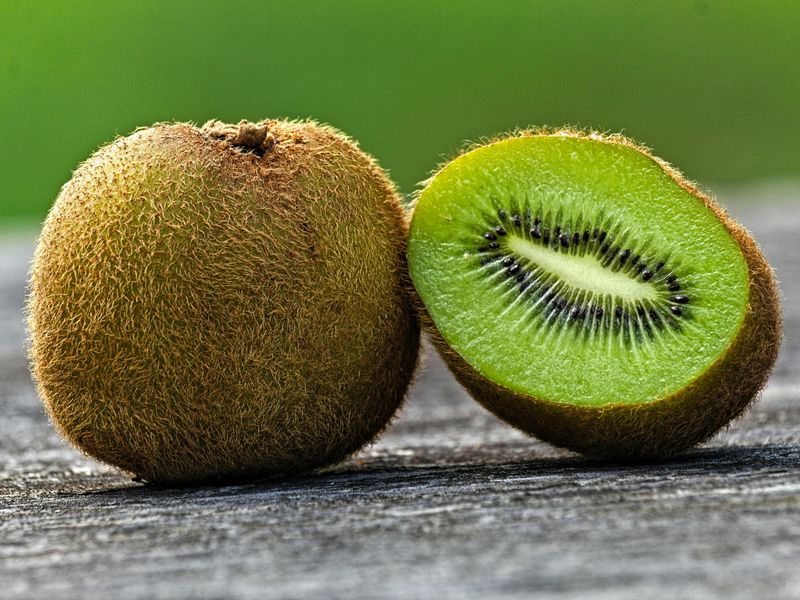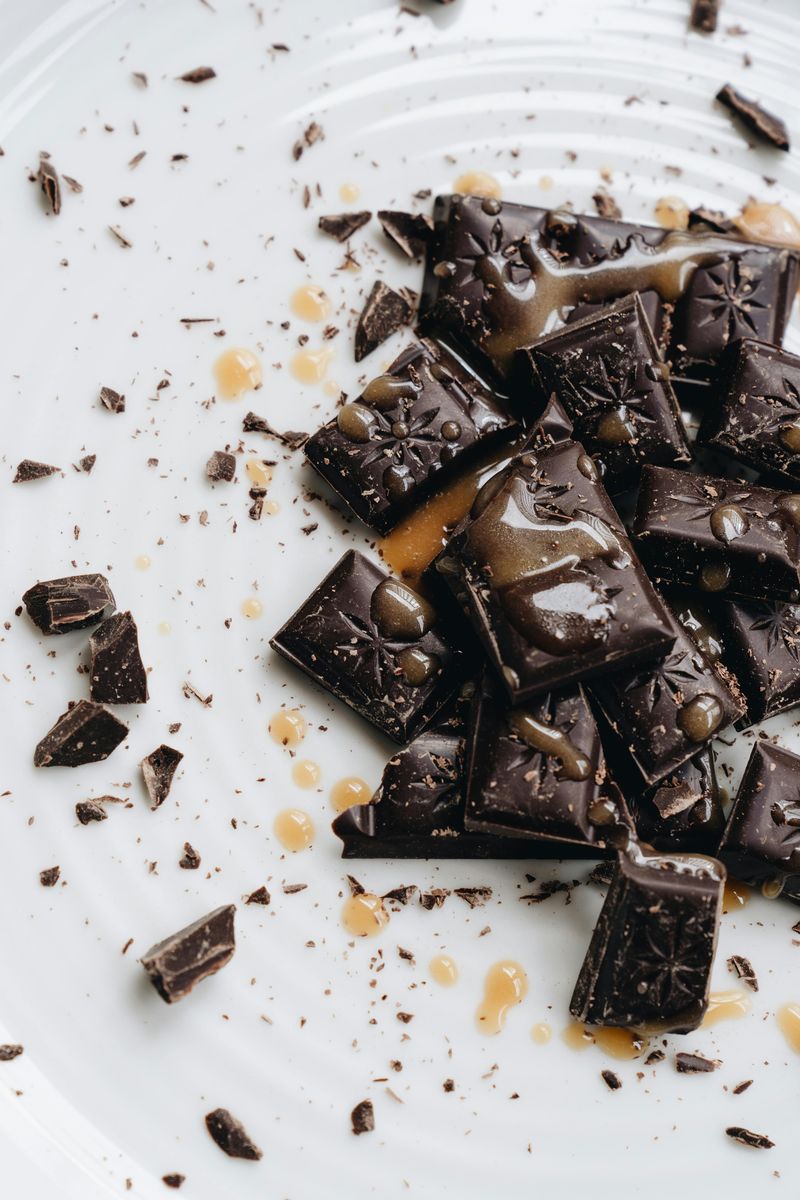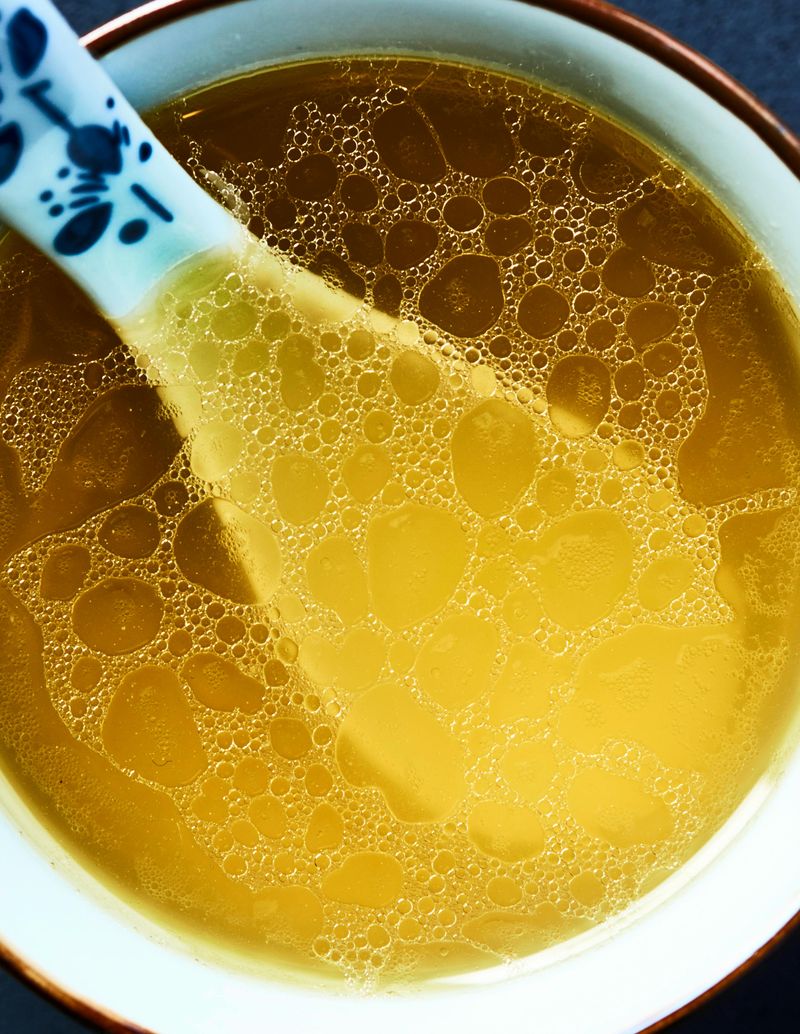Your gut is more than a digestion hub – it’s a command center for energy, mood, and immunity. A Los Angeles gut specialist shared the foods that most reliably nourish your microbiome and protect the gut lining. This list blends science-backed staples with flavorful, realistic options you’ll actually enjoy eating. Ready for better digestion, steadier energy, and a happier gut? Start with these delicious, expert-approved picks.
1. Leafy Greens (Spinach, Kale, Swiss Chard)
Leafy greens deliver fiber, folate, and magnesium that help feed beneficial microbes and support smooth digestion. Their diverse plant compounds encourage a richer microbiome, which can aid inflammation control and gut barrier integrity. Rotate spinach, kale, and Swiss chard to diversify nutrients and reduce boredom. Pair greens with extra-virgin olive oil and a squeeze of lemon to enhance absorption of fat-soluble vitamins and add prebiotic-friendly polyphenols. Saute, blend into smoothies, or massage into salads with yogurt-based dressings for probiotic synergy. Consistency matters – aim for a daily handful to steadily nourish your gut ecosystem over time.
2. Broccoli and Cruciferous Vegetables
Broccoli, Brussels sprouts, and cabbage supply fiber and unique phytochemicals like sulforaphane that support gut lining health. These compounds may help modulate inflammation and encourage microbial diversity. Lightly steaming can enhance sulforaphane availability while keeping textures pleasant for digestion. Combine with garlic, ginger, or lemon to boost flavor without heavy sauces. If you’re sensitive to gas, start with smaller servings and increase slowly. Enjoy roasted Brussels sprouts, slaw with cabbage, or broccoli tossed with tahini. Variety across crucifers ensures a wider array of beneficial plant chemicals that your microbes thrive on, promoting overall gut resilience.
3. Beans, Lentils, and Legumes
Beans, lentils, and chickpeas are rich in resistant starch and fiber that act as prebiotics, feeding beneficial gut bacteria. This fermentation produces short-chain fatty acids like butyrate, which nourish the gut lining. Rinse canned beans to reduce FODMAPs, or pressure-cook to improve digestibility. Start small – quarter to half cup portions – to minimize bloating as your microbiome adapts. Mix into soups, salads, and grain bowls, or blend into dips for a gentle introduction. Aim for variety across black beans, lentils, and chickpeas. Over time, legumes can improve regularity, satiety, and metabolic markers while steadily reinforcing microbiome diversity.
4. Whole Grains (Oats, Brown Rice, Barley, Farro)
Whole grains provide fiber, beta-glucans, and resistant starch that support regularity and microbiome balance. Oats help form a gel-like fiber that’s soothing for digestion and cholesterol-friendly. Barley and farro add chewy texture and prebiotic fibers microbes love. Cool cooked grains before eating to increase resistant starch, then reheat as desired. Combine with yogurt, kefir, or miso dressings for a prebiotic-probiotic pairing. If sensitive, introduce slowly and hydrate well to help fiber do its job. Rotating grains expands nutrient diversity and keeps meals exciting while steadily feeding gut bacteria that produce protective short-chain fatty acids.
5. Fermented Foods (Yogurt, Kefir, Kimchi, Sauerkraut)
Fermented foods deliver live microbes and metabolites that can improve microbial diversity and digestion. Yogurt and kefir offer convenient, cultured dairy with probiotics, while kimchi and sauerkraut add tangy crunch and plant-based variety. Choose products with “live and active cultures” and minimal added sugar. Start with small servings and increase gradually as your gut adjusts. Combine with fiber-rich foods – like salads or whole grains – for synergistic benefits. If dairy-sensitive, consider kefir or yogurt made from goat’s milk or nondairy alternatives with active cultures. Regular, varied fermented foods can help balance your microbiome and support immune and gut barrier function.
6. Prebiotic-Rich Foods (Garlic, Onions, Leeks, Asparagus, Bananas)
Prebiotics are fibers your body can’t digest, but your microbes love. Garlic, onions, leeks, asparagus, and slightly green bananas supply inulin and fructans that nourish beneficial bacteria. Incorporate them raw and cooked to diversify compounds and enhance tolerance. Add leeks to soups, roast asparagus, or blend banana into kefir smoothies for synbiotic support. If you’re sensitive to FODMAPs, start with small amounts and gradually build. Over time, prebiotics can increase microbial diversity and short-chain fatty acid production, which supports gut lining integrity and immune modulation. Consistency is key – aim for daily inclusion in a variety of dishes.
7. Nuts and Seeds (Walnuts, Flaxseeds, Chia, Pumpkin Seeds)
Nuts and seeds supply fiber, polyphenols, and healthy fats that support the gut microbiome and reduce inflammation. Walnuts may positively shift microbial composition, while flax and chia provide plant omega-3s and mucilaginous fiber for regularity. Grind flax for better absorption and soak chia to form a gentle digestion-friendly gel. Sprinkle on yogurt, oatmeal, or salads, or blend into smoothies. Portion control matters – small daily amounts keep calories balanced while delivering steady prebiotic compounds. Rotate varieties to diversify nutrients and flavors. Combined with produce and whole grains, nuts and seeds create a satisfying, gut-nourishing foundation.
8. Fatty Fish and Omega-3 Foods
Salmon, sardines, and mackerel deliver EPA and DHA, omega-3 fats with anti-inflammatory effects that support the gut lining. A calmer inflammatory environment encourages microbial balance. Choose sustainably sourced fish two to three times weekly, or consider algae-based omega-3s if you’re plant-based. Pair fish with fiber-rich sides – like lentil salads or barley – to maximize gut benefits. Olive oil, walnuts, and flax also contribute omega-3s or supportive fats. Lightly grill or bake to preserve delicate fats. Over time, omega-3 intake may help maintain a resilient gut barrier and improve overall digestive comfort through systemic inflammation modulation.
9. Berries and Colorful Fruits
Raspberries, blueberries, and other vibrant fruits deliver fiber and polyphenols that feed beneficial microbes and temper inflammation. Their vivid pigments indicate diverse plant compounds that microbes transform into health-promoting metabolites. Add a cup to breakfast bowls, blend into kefir smoothies, or spoon over chia pudding. Aim for mixed colors – blue, red, purple – to broaden polyphenol exposure. If sensitive to seeds, choose smoother options like blueberries. Frozen berries provide year-round access without nutrient compromise. Regular berry intake can support bowel regularity, metabolic health, and a more diverse microbiome through ongoing prebiotic and antioxidant activity.
10. Avocados and Healthy Fats
Avocados offer fiber plus monounsaturated fats that support the gut lining and may foster beneficial microbial shifts. Their creamy texture makes fiber easier to enjoy in meals and snacks. Combine with tomatoes, leafy greens, and whole grains for synergistic prebiotic effects. A sprinkle of pumpkin seeds adds crunch and extra fiber. Watch portions if tracking calories, but a half avocado can fit most plans. Mash on whole-grain toast with sauerkraut for a probiotic twist, or dice into grain bowls. The balanced fat-fiber combo promotes satiety, smoother digestion, and steady energy throughout the day.
11. Mushrooms and Seaweeds
Edible mushrooms and seaweeds contribute unique fibers, beta-glucans, and minerals that can support microbial diversity. Shiitake, maitake, and oyster mushrooms bring savory umami and prebiotic compounds, while seaweeds like nori, wakame, and kombu add iodine and algal polysaccharides. Saute mushrooms with garlic and olive oil, or simmer seaweed in broths and miso soups. If new to seaweed, start with small amounts to assess tolerance. These ingredients expand your plant variety score, a key predictor of microbiome richness. Incorporate weekly to add texture, depth, and subtle gut-supportive benefits without overhauling your entire menu.
12. Aromatics (Onions, Garlic, Shallots, Leeks)
Aromatics do more than flavor – they’re rich in prebiotic fibers like inulin and fructans that nourish helpful microbes. Use a mix of onions, garlic, shallots, and leeks in soups, sautés, and roasts to build depth and microbial support. If FODMAP-sensitive, try infusing garlic in oil for flavor without as many fermentable carbs. Slice thinly for quicker cooking and gentler digestion. Pair with tomatoes, beans, or leafy greens for complementary fiber. Regular aromatic use can enhance microbial metabolites like short-chain fatty acids, supporting gut barrier function and overall digestive comfort over time.
13. Coffee (In Moderation)
For many, moderate coffee supports the microbiome via polyphenols and soluble fibers while gently stimulating motility. Choose filtered or espresso-based drinks without excessive sugar or syrups. If you’re sensitive, try half-caf or limit to morning to protect sleep, which also influences gut health. Pair with a fiber-forward breakfast – like oats with berries – to amplify benefits. Cold brew may be gentler on some stomachs. Hydrate alongside coffee to counter mild diuretic effects. Monitor personal tolerance; too much can aggravate reflux or anxiety. In balance, coffee can be part of a gut-friendly routine for many people.
14. Kiwi Fruit
Kiwi offers soluble and insoluble fibers plus actinidin, an enzyme that may aid protein digestion and support regularity. Studies suggest daily kiwi can improve stool frequency and softness for some individuals. Enjoy with yogurt for a probiotic pairing or slice into salads for a sweet-tart boost. Leave the skin on for extra fiber if you like the texture. Golden kiwi is slightly sweeter and lower in acidity. Start with one fruit daily and assess comfort. This small, convenient fruit packs a notable gut-friendly punch without requiring major dietary changes.
15. Dark Chocolate (High Cacao)
Dark chocolate with 70% cacao or higher provides fiber and polyphenols that feed beneficial microbes and may reduce inflammation. Choose modest portions – about one ounce – to enjoy benefits without excess sugar. Pair with walnuts or berries for a powerful polyphenol combo. Melt into overnight oats or shave over kefir for a satisfying, gut-friendly dessert. Quality matters: look for minimal ingredients and ethically sourced cacao. If caffeine-sensitive, enjoy earlier in the day. Consistent, mindful inclusion can support microbial diversity while satisfying cravings, making healthy habits more sustainable.
16. Bone Broth and Collagen-Rich Soups
Bone broth provides amino acids like glycine and glutamine that some experts suggest may support gut lining integrity. While evidence is preliminary, many find warm, savory broths soothing during digestive flare-ups. Simmer bones with aromatics and a splash of vinegar to extract nutrients, or choose high-quality store-bought versions with minimal additives. Add seaweed, mushrooms, or barley for extra prebiotic support. Those avoiding animal products can craft collagen-supportive soups with legumes and vitamin C-rich vegetables. Use broth as a base for stews and grains to enhance flavor and hydration together.
17. Water and Hydration
Adequate hydration is essential for fiber to function, stool softness, and overall motility. Water also supports mucus layer integrity along the gut lining. Aim for steady sips throughout the day, adjusting for activity, climate, and fiber intake. Pair fluids with mineral-rich foods or add a pinch of electrolytes if needed. Herbal teas and brothy soups contribute to total hydration. Monitor urine color for a simple gauge – pale straw is the goal. Keeping fluids consistent helps your microbiome thrive by maintaining a stable digestive environment and comfortable regularity.

